I have the data below in which column A contains a formula to pull the below data from another sheet, such that if the original sheet is modified, the values are updated.
For each group of metals I wish to create a sub total of the values as shown.
I appreciate that excel has a subtotal function, however when I try to achieve this I get an Error saying that the array cannot be altered. Is there any way to incorporate this into a dynamic array?
Possible VBA solution? Online I found the following VBA code which somewhat produced the desired affect I'm after however just as before this only works on pure data and will returns the same error "cannot amend array" if I apply this to pulled data.
Sub ApplySubTotals()
Dim lLastRow As Long
With ActiveSheet
lLastRow = .Cells(.Rows.Count, "A").End(xlUp).Row
If lLastRow < 3 Then Exit Sub
.Range("E5:M" & lLastRow).Subtotal GroupBy:=1, _
Function:=xlSum, TotalList:=Array(1, 2), _
Replace:=True, PageBreaks:=False, SummaryBelowData:=True
End With
End Sub
As someone completely unfamiliar with VBA I'm not sure how helpful this is code is when applied to a dynamic array.
If anyone could think of a way to achieve the desired output as shown in the image above either using VBA or even better by amending the formula that creates the dynamic array (not sure if this is possible with just formulas), It would be appreciated.



